 Let me bring you in on an inside joke.
Let me bring you in on an inside joke.
Last year, during the lead-up to the launch of the first iteration of Lift Weights Faster, after weeks (months, really!) of filming videos, photographing stills, writing a massive amount of text, and then editing, editing, editing, while sitting, sitting, sitting, I turned to my team and said:
“Can we just call this thing Get Fatter Faster?”
It was a joke, of course, but it came from a place of truth. You could say I wasn’t fully prepared for the volume of work required to get the word out about the high-quality, visually appealing, and immediately actionable program I envisioned putting together. There were a few stressful moments. There were way too many late nights.
And there were lots and lots of cookies.
Now don’t get me wrong – treats are wonderful and I’ll never (aside from an intolerance or allergy issue) advocate for the complete elimination of any food from your diet. But when life becomes suddenly demanding, balance is often chucked as a stress response to the sudden explosion of high-priority responsibilities.
I interviewed Josh Hillis years ago when I was the fitness editor for Experience Life, and I’ve always admired him for his smart approach to habit change. He gets it: Making small, easy-to-incorporate changes, and being consistent with them, has the biggest impact. Not pinging wildly from full compliance to off the rails.
Trust me, I don’t normally skimp on sleep, sit on my duff so much, and follow the cookie diet, so I was interested in being more consistent when I was getting materials together for the sequel, Lift Weights Faster 2. The small tweaks I made this time around have led to a much smoother build-up to the launch. A higher priority was put on sleep, workouts remained in the rotation even if I only had ten minutes, and no cookies crossed the threshold this time (until Day 1 of the launch, and even then, it was just one). All in all, it’s been a much smoother, more enjoyable process, hardly reminiscent of the “Get Fatter Faster” plan of last year.
All of this is to say that life gets a little crazy sometimes, and it’s important to adapt your fitness when need be. Moving your body, even just for a few minutes, is much better than not moving at all. But don’t just take my word for it: the New York Times’ fitness story of the year in 2014 was about the efficacy of the short workout, with sessions running the gamut from one (yes, one) minute to 30 minutes. Maybe you don’t have 30 minutes today, but do you have 10?
If so, I invite you to enjoy the kettlebell workout — straight from the pages of Lift Weights Faster 2, so consider this a sneak preview! — “The Mic Drop.” You just need one kettlebell and 10 minutes, but I’m confident that’s all you’ll need. The reps are really going to add up, so be smart in your weight selection. Rest as needed to keep your reps neat, tidy, and speedy.
Name: The Mic Drop: You’ll know you’ve made an impression.
Suggested Equipment: Just a kettlebell and some music.
Instructions: Complete two to three rounds of this circuit as quickly as possible. Take breaks as needed.
Suggested Time: 10 Minutes
Kettlebell Two-Handed Swing
- Place a kettlebell on the floor about a foot in front of you with both hands gripping the handle, butt high in the air and knees bent in an athletic stance.
- Hike the kettlebell back and up between your legs and push your butt back, slightly straightening your legs as you do this. Your forearms should make contact with your upper thighs.
- When the kettlebell reaches its farthest point back, quickly stand up, using the power of your hips, hamstrings, and glutes to “float” the kettlebell up to about shoulder height. Make sure to keep your shoulders pulled back and down, and don’t let the bell pull your chest forward.
- Reverse the movement by pulling the kettlebell down through the same arc, staying upright as long as possible before you push your hips backward and swing the kettlebell high between your legs. Keep your chest up the entire time — someone across the room should be able to read the writing on your shirt.
- Repeat for the desired number of repetitions, using a powerful hip extension to generate upward momentum in the bell.
- When you’re ready to stop, pause at the bottom of the swing portion, gently parking the kettlebell on the floor in front of you.
Kettlebell One-Armed Bent-Over Row
- Holding a kettlebell at your side, hinge forward from the hips approximately 45 degrees while staying wide across the chest.
- Row the kettlebell up toward your rib cage, keeping your elbow no more than 30 degrees out from your body.
- Keep your shoulder down and away from your ear.
- Return to the start position and repeat for the desired number of repetitions, then switch sides.
Kettlebell Racked Squat
- With a single kettlebell racked on only one shoulder, push your butt backward and bend your knees. Keep your torso upright and support the weight of the kettlebell with your forearm as you squat down.
- Keeping your knees in line with your toes, lower yourself as far as you are comfortably able to go.
- (If it’s not very far, play with foot position, and try turning your toes slightly outward, but don’t force anything.)
- Again, keeping your knees in line with your feet, return to the starting position. Repeat for the desired number of repetitions, and then switch sides.
- You should feel a challenge in your core to keep your torso upright with the weight offset on one shoulder.
Kettlebell One-Armed Strict Press
- Clean a kettlebell to a racked position at shoulder height, thumb pressed against your body and weight resting on the back of your wrist. The opposite arm can act as a counterbalance, or the hand can be placed on your hip.
- Brace your midsection and press the kettlebell overhead without letting the elbow flair out or the hips drift forward. Take care to keep the forearm directly under your wrist, and do not bend your knees to initiate the movement.
- Carefully return the weight with control to the rack position, taking care to keep your elbows close to the body. Repeat.
Ready to see results…faster?
If you’re looking to amp up your conditioning in creative and productive ways, I’ve put together a mammoth 181-workout pick-and-choose library called Lift Weights Faster 2. Complete with a full exercise glossary that includes written descriptions and photographic demonstrations of nearly 270 exercises (from classic moves to more unusual ones — the Jefferson deadlift, anyone?), a video library that includes coaching on 30 of the more technical lifts, 10 challenge-workout videos, plus a dynamic warm-up routine, I’ve combined my training and athletic experience with my long background in magazine publishing to create a clear-cut, easy-to-use resource that you’ll want to turn to all the time.
Every workout is organized by the equipment you have available and how much time you’ve got, with options that last anywhere from five up to 30 minutes.
Lastly, I’d be remiss if I didn’t mention I teamed up with my husband, David Dellanave, to create a strength program companion resource called Get Stronger Faster 2 to help you take your strength level to the next level. This completes the total workout package and helps you get results, faster.
For more info, click HERE.
Jen Sinkler is a longtime fitness writer for national magazines such as Women’s Health and Men’s Health. A former member of the U.S. national women’s rugby team, she currently trains clients at The Movement Minneapolis. Jen talks fitness, food, happy life and general health topics at her website, www.jensinkler.com.

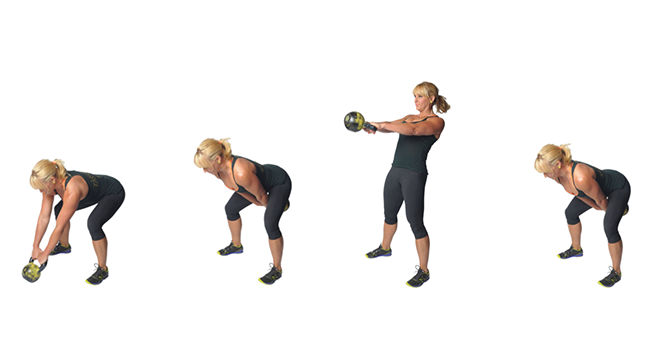
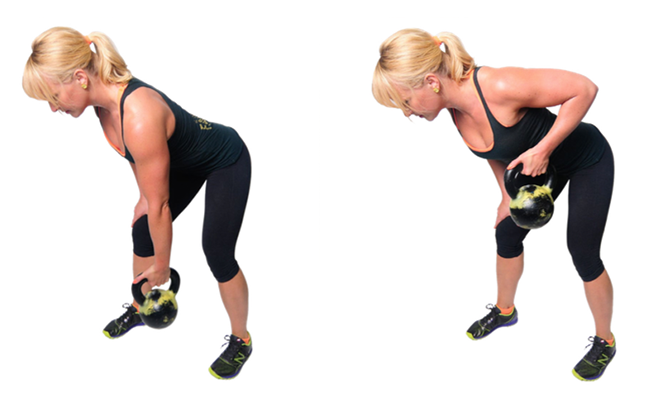
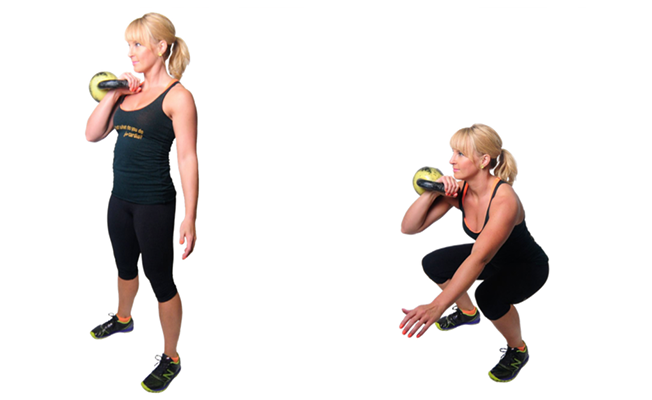
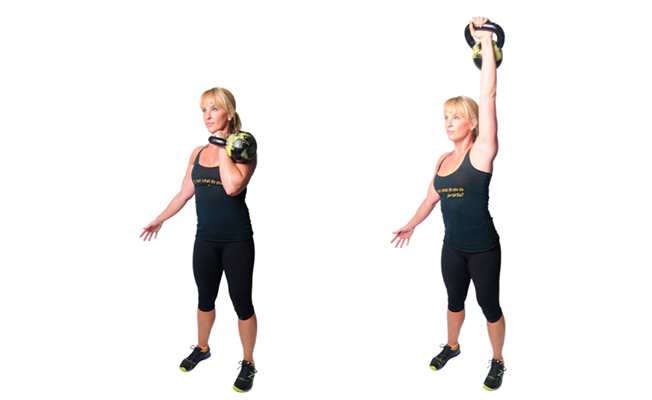
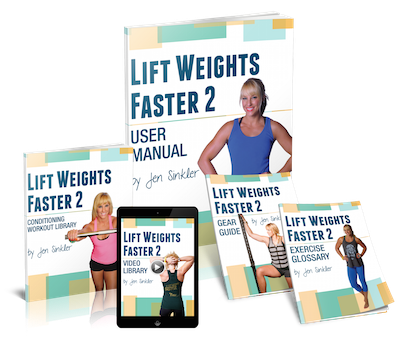
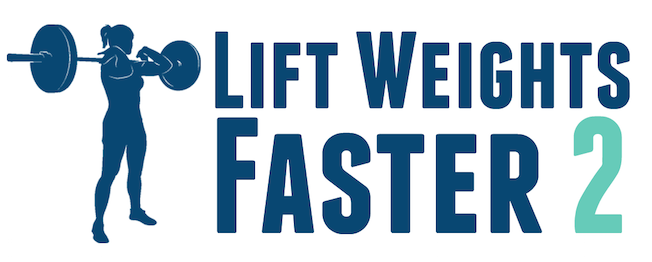
Leave a Reply